Want to formulate one of the best facial oils for your skin or your brand — something that actually feels luxurious, not greasy, not sticky, not boring? It all starts with your oil selection.
In this guide, we’ll explore 5 of the most powerful and elegant oils that skincare formulators rely on to create high-end facial oils. These ingredients bring rich antioxidant profiles, non-comedogenic textures, and serious skin benefits to your formulations.
Whether you’re designing your first serum or upgrading a basic blend, these oils will elevate both your formula and the user experience.
Why Oil Selection Matters in Luxury Facial Formulas
Choosing the right oils is more than just picking what’s trendy. A well-formulated luxury facial oil must:
- Match the target skin type (dry, oily, mature, sensitive)
- Provide antioxidant and barrier-repair benefits
- Feel elegant and fast-absorbing — without leaving a greasy residue
- Offer stability and shelf life (especially for retail formulas)
- Enhance the overall sensory experience
Understanding oil chemistry — especially fatty acid profiles and absorption rates — allows formulators to create blends that feel indulgent, but function like skincare heroes.
💡 Facial oil formulation isn’t just about mixing a few beautiful oils together. It’s about understanding how and why those oils interact with the skin, and building smart, effective formulas.
📘 Want to master oil chemistry and learn the exact techniques professionals use? Our Facial Oil Serum Formulation eBook covers all the essential formulation secrets — including absorption dynamics, oil polarity, comedogenicity, and more. It’s the perfect starting point for any skincare brand or serious DIY formulator.
👉 [Check out the eBook and start formulating with confidence.]
The 5 Best Oils for High-End Facial Serums
1. Marula Oil
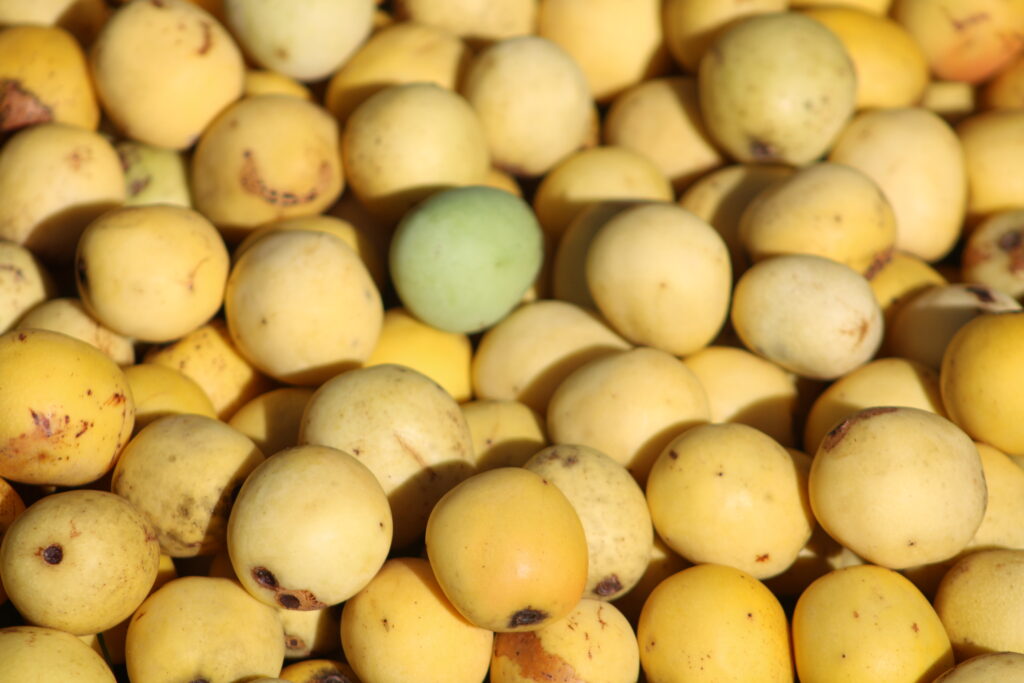
INCI Name: Sclerocarya Birrea Seed Oil
Best for: Dry, sensitive, or mature skin
Texture: Lightweight yet rich; fast-absorbing with a satin finish
Fatty Acid Profile: ~70–78% Oleic Acid, ~4–7% Linoleic Acid
Why It’s Luxurious:
- Naturally stable with a long shelf life
- Packed with antioxidants like vitamin E, tocotrienols, and phenolic compounds
- Non-comedogenic and soothing
Formulator Tip: Marula is a great base oil for calming or anti-aging blends. Combine it with fast-penetrating esters to improve texture.
2. Camellia Seed Oil (Tsubaki Oil)
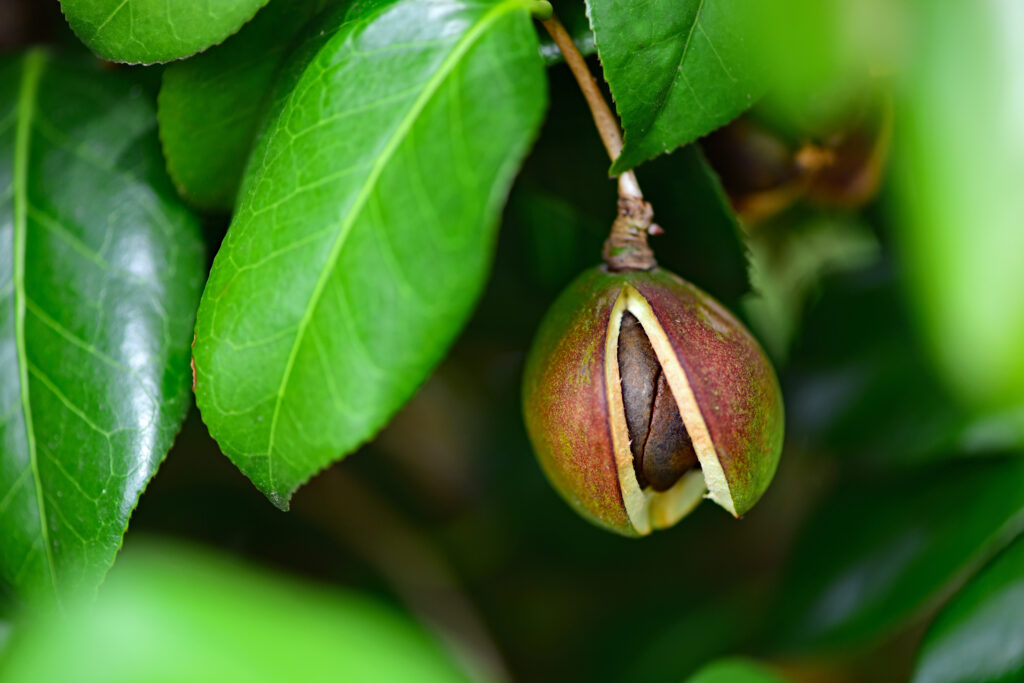
INCI Name: Camellia Japonica Seed Oil or Camellia Oleifera Seed Oil
Best for: Dry, sensitive, or irritated skin
Texture: Silky and ultra-fast absorbing
Fatty Acid Profile: ~80% Oleic Acid, low in Linoleic and Palmitic
Why It’s Luxurious:
- Used for centuries in Japanese beauty rituals
- Rich in plant squalene and antioxidants
- Softens and smooths skin without clogging pores
Formulator Tip: Perfect in dry-touch, elegant blends. Combine with other non-greasy oils for balance.
3. Rosehip Seed Oil
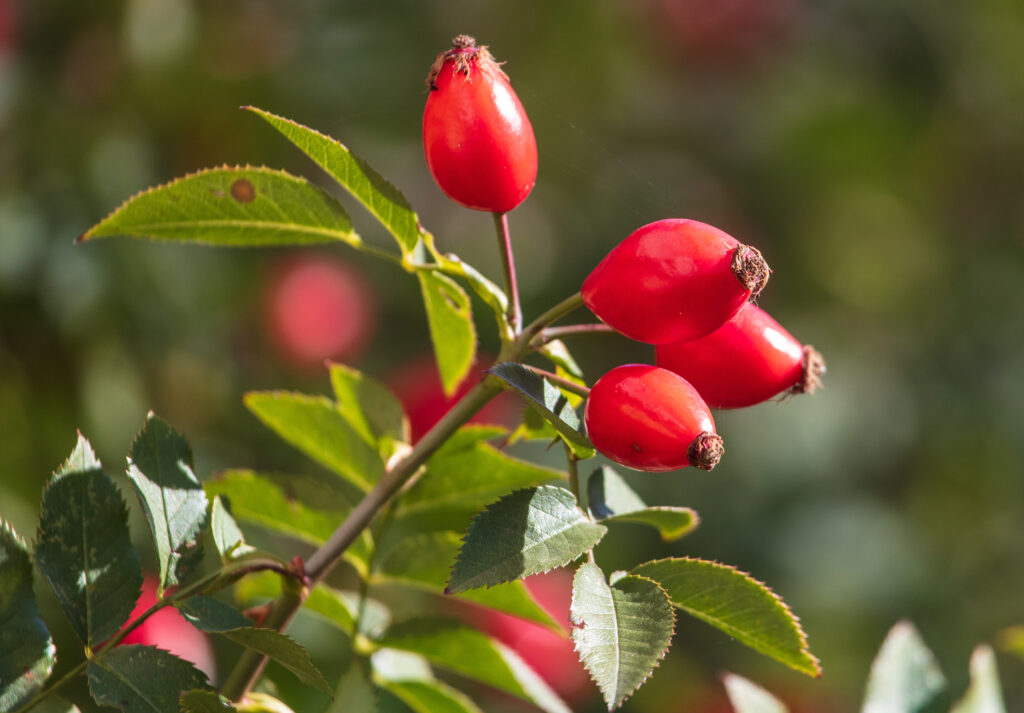
INCI Name: Rosa Canina Seed Oil or Rosa Rubiginosa Seed Oil
Best for: Acne-prone, oily, or dull skin
Texture: Quick-absorbing dry oil
Fatty Acid Profile: ~45–50% Linoleic, ~30–35% Alpha-linolenic Acid
Why It’s Luxurious:
- High in vitamin E and K. Contains pro-vitamin A (retinoic acid precursor)
- Supports cell turnover and brightens skin
- Helps reduce scars and uneven tone
Formulator Tip: Always blend with stable oils (like marula or squalane) and add vitamin E to slow oxidation.
4. Squalane (Plant-Derived)
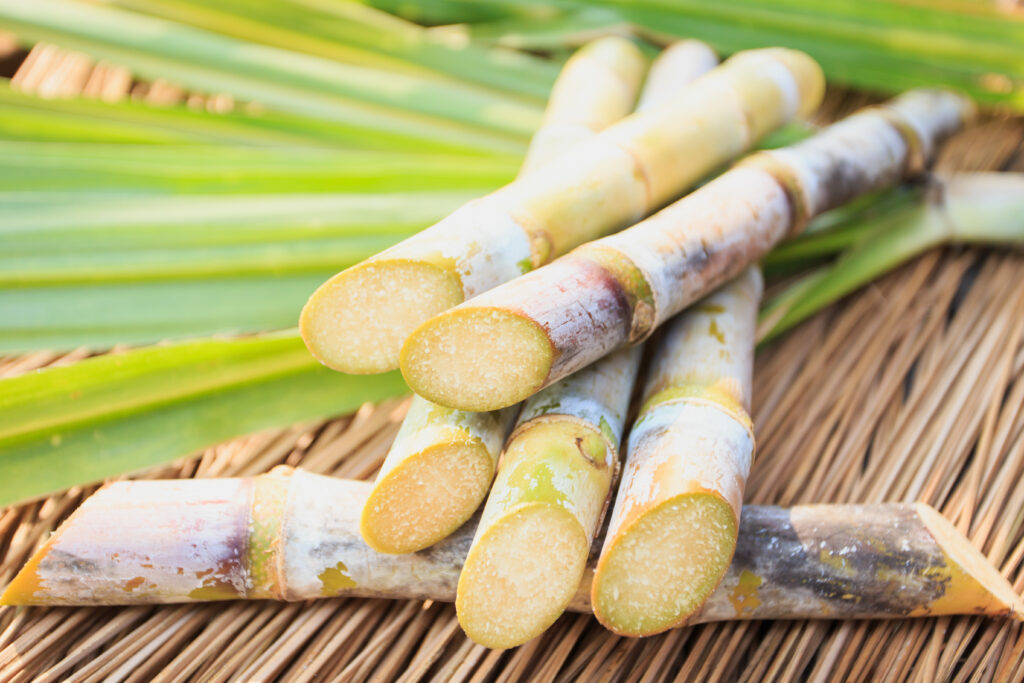
INCI Name: Squalane (Olive- or Sugarcane-derived)
Best for: All skin types — including oily, reactive, or sensitive
Texture: Ultra-light, non-greasy with a dry finish
Structure: Not a triglyceride — it mimics skin’s own sebum
Why It’s Luxurious:
- Skin-identical for maximum compatibility
- Extremely stable and shelf-friendly
- Improves spreadability and sensory feel
Formulator Tip: Use as a base or top-layer oil to improve glide and reduce oiliness.
5. Prickly Pear Seed Oil
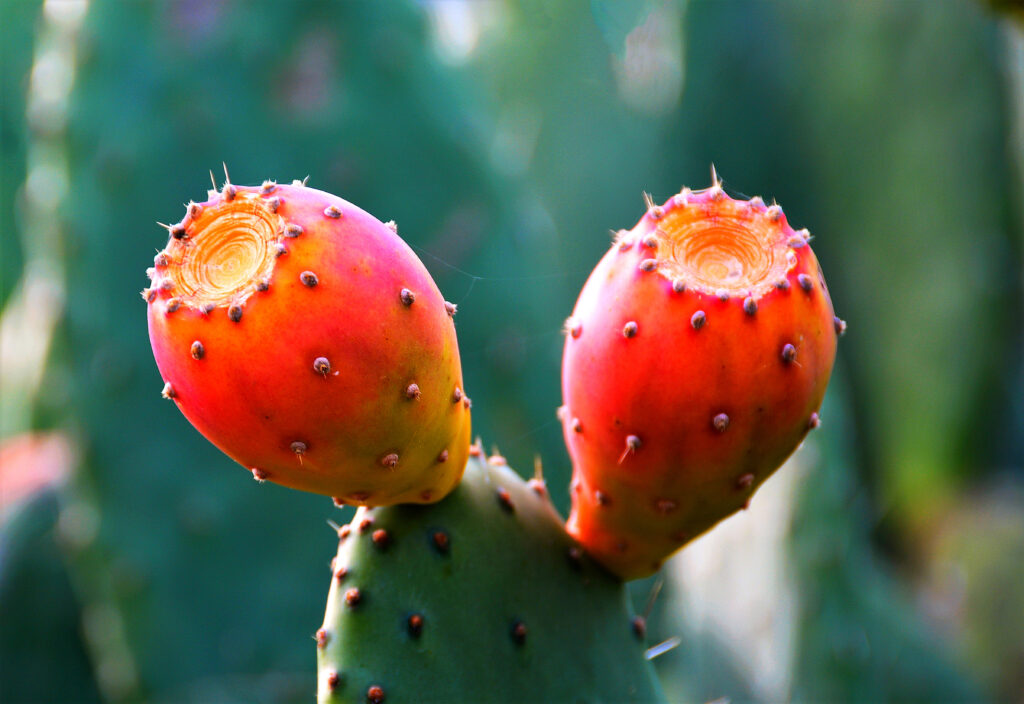
INCI Name: Opuntia Ficus-Indica Seed Oil
Best for: Mature, dull, or environmentally stressed skin
Texture: Light but cushiony; slow-absorbing
Fatty Acid Profile: ~60% Linoleic Acid, ~20% Oleic Acid
Why It’s Luxurious:
- One of the richest sources of vitamin E
- Brightens skin and improves elasticity
- Rare and expensive due to low yield — adds prestige appeal
Formulator Tip: Use in low percentages to boost antioxidant content and elevate your formula’s perceived value.
Bonus Ingredients to Make Your Facial Oil Feel Expensive
Want your facial oil to feel like it belongs on a spa shelf? Try incorporating:
- Botanical esters – such as Coco-Caprylate or Isoamyl Laurate – to create a silky, silicone-like glide without using actual silicones.
- Hemisqualane – a lightweight, dry-touch emollient that improves spreadability and reduces greasiness.
- Luxury texture enhancers – such as medium-chain triglycerides (MCT oil) which give your formula a smooth, cushiony feel.
These ingredients enhance not just texture, but the luxurious experience your customers will remember.
Frequently Asked Questions (FAQ)
What is the best oil for glowing skin?
There’s no one-size-fits-all answer — the best oil for glowing skin depends on your skin type, desired texture, and formulation goals.
To boost radiance and achieve a healthy glow, formulators often combine oils based on three key factors:
Fatty acid composition:
Oils rich in linoleic acid (like rosehip or prickly pear) help balance sebum and even out skin tone — especially for oily or acne-prone skin.
Meanwhile, oils high in oleic acid (like marula or camellia) provide nourishment and softness, ideal for dry or mature skin.
Antioxidant content:
For long-term radiance, choose oils naturally rich in vitamin E, pro-vitamin A, or polyphenols. Rosehip and sea buckthorn are excellent antioxidant carriers.
Sensory feel & absorption:
Glowing skin isn’t just about nutrition — it’s about how the oil feels on application. Lightweight oils like squalane or hemisqualane can improve spreadability and enhance the final skin finish.
🧪 Formulator Tip: The best glow often comes from blending: try pairing a high-linoleic oil with a dry-touch ester and a stable antioxidant to create a balanced, radiant formula.
Can facial oils clog pores?
Facial oils can clog pores — but not all of them do. It depends on the oil’s fatty acid profile, viscosity, and how it’s used in the overall formulation.
Many people refer to the comedogenic rating scale, but this system is an outdated reference based on tests done on rabbit ears — not human skin. In reality, comedogenicity is highly individual and depends on skin type, and also on how the oil is used in the formula (percentage, pairing, layer).
That said, several oils are widely considered non-comedogenic and safe for most skin types, including:
Squalane
Camellia Seed Oil
Marula Oil
Prickly Pear Seed Oil
Rosehip Seed Oil
🧪 Formulator Tip: Even oils with a higher comedogenic rating — like coconut oil — can be used safely in small percentages within a balanced formula.
How do I choose the right oil for my skin type?
Choosing the right facial oil starts with understanding your skin’s needs and the oil’s fatty acid profile.
Dry or mature skin often lacks sebum and needs nourishment. Oils rich in oleic acid — like marula or camellia — offer deeper moisturization and a soft, emollient feel.
Oily or acne-prone skin typically benefits from lighter oils high in linoleic acid, such as rosehip or prickly pear. These help rebalance the skin’s natural oils without feeling greasy.
Sensitive skin responds well to calming, non-irritating oils like squalane or hemp seed oil, which are lightweight and barrier-supportive.
🧪 Formulator Tip:
Don’t choose oils by skin type alone. Also consider:
– Absorption rate (fast or slow?)
– Texture (light, rich, dry-touch?)
– Stability (how prone is it to oxidation?)
A well-balanced blend tailored to these factors delivers the best skin results.
How do you make a facial oil feel less greasy?
To reduce the greasy feel of a facial oil, formulators focus on texture modifiers that improve absorption and skin sensory:
Use dry-touch emollients:
Ingredients like squalane or hemi-squalane offer lightweight slip and fast absorption without stickiness.
Add botanical esters:
Esters such as Coco-Caprylate or Isoamyl Laurate mimic the glide of silicones, leaving a smooth, velvety finish.
Balance the oil blend:
Combine heavier oils (e.g. avocado or evening primrose) with lighter ones (like jojoba or marula) to improve spreadability and reduce oily residue.
What’s the difference between facial oil and serum?
Actually, a serum can be either oil-based or water-based — it all depends on the formulation style, not the texture.
Facial oils are 100% lipid-based blends that provide moisture and skin barrier support. They typically contain carrier oils, esters, antioxidants, and sometimes oil-soluble actives.
Water-based serums, on the other hand, use water or hydrosols as their base and are designed to deliver water-soluble ingredients like humectants or peptides.
👉 The main difference lies in the type of actives and the delivery system — not in the product’s name or consistency.
An oil serum can still be a true serum if it’s concentrated, targeted, and delivers results.
In fact, many high-performance facial oils (like the ones in our guide) are technically serums — rich in antioxidant actives, lightweight esters, and precision-targeted oils.
Want to learn how to formulate high-performance facial oil serums? Check out our Oil-Based Serum Formulation Guide.
Ready to Create Your Own?
If you’re excited to start formulating — or refine an existing blend — check out our Facial Oil Serum Formulation eBook.
It includes:
- 15 fully customizable luxury oil serum recipes
- Ingredient selection charts for every skin type
- Supplier recommendations and formulation tips
👉 [Explore the eBook here] and start building skincare that feels as amazing as it performs.

